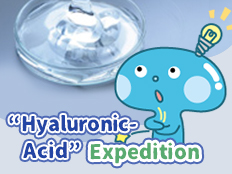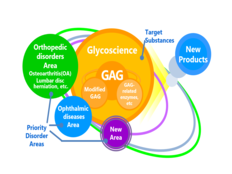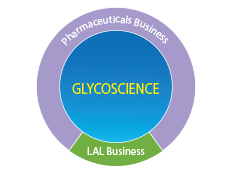In order to develop a sustainable society and enhance corporate value, Seikagaku Corporation has identified six material issues that should be addressed with priority based on the importance to us and the expectations of society, including our diverse stakeholders. Through promoting these material issues, we will contribute to achieving the Sustainable Development Goals (SDGs) adopted by the United Nations.

To identify material issues, we compiled a list of social issues based on non-financial information disclosure guidelines; international frameworks, principles, and guidelines; and survey items of ESG assessment organizations. Furthermore, we closely examined issues specific to the pharmaceutical industry and compiled a list of 39 social issues.
Using the list of 39 social issues identified in Step 1, we assessed the importance to Seikagaku based on our Corporate Philosophy, management strategies, and financial situation.
Also, external consultants scored, analyzed, and organized the issues from perspectives of diverse stakeholders to evaluate the expectations of society. Based on the results, we prepared a social issues assessment matrix and shortlisted 17 top-priority social issues to both us and society.
The Social Issues Assessment Matrix
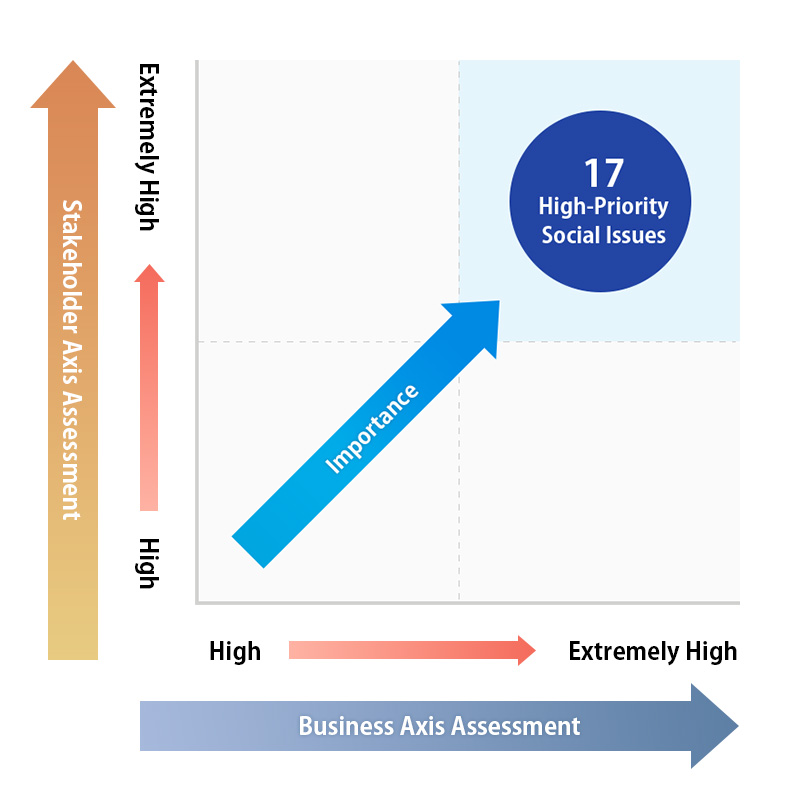
To validate the social issues assessment matrix prepared in Step 2, discussions and examinations were held with relevant internal departments and external consultants. We have identified six material issues (six materialities) by categorizing 17 social issues of top priority for both society and us. For each of the material issues identified, the Board of Directors discussed and approved the reasons for selection, future vision, objectives, initiatives, and monitoring indicators, and organized and confirmed their relevance to SDGs.
Seikagaku identified the following six material issues through the above process. We plan to review the material issues in light of changes in the social environment, our management plans, and other factors.
We have set monitoring indicators for each material issue and will verify and assess the state of progress toward the objectives. We plan to monitor our activities for a certain period of time and establish appropriate KPIs for each item.
Notes:
Figures are on a non-consolidated basis unless otherwise noted.
The material issues were approved by the Board of Directors in December 2021.
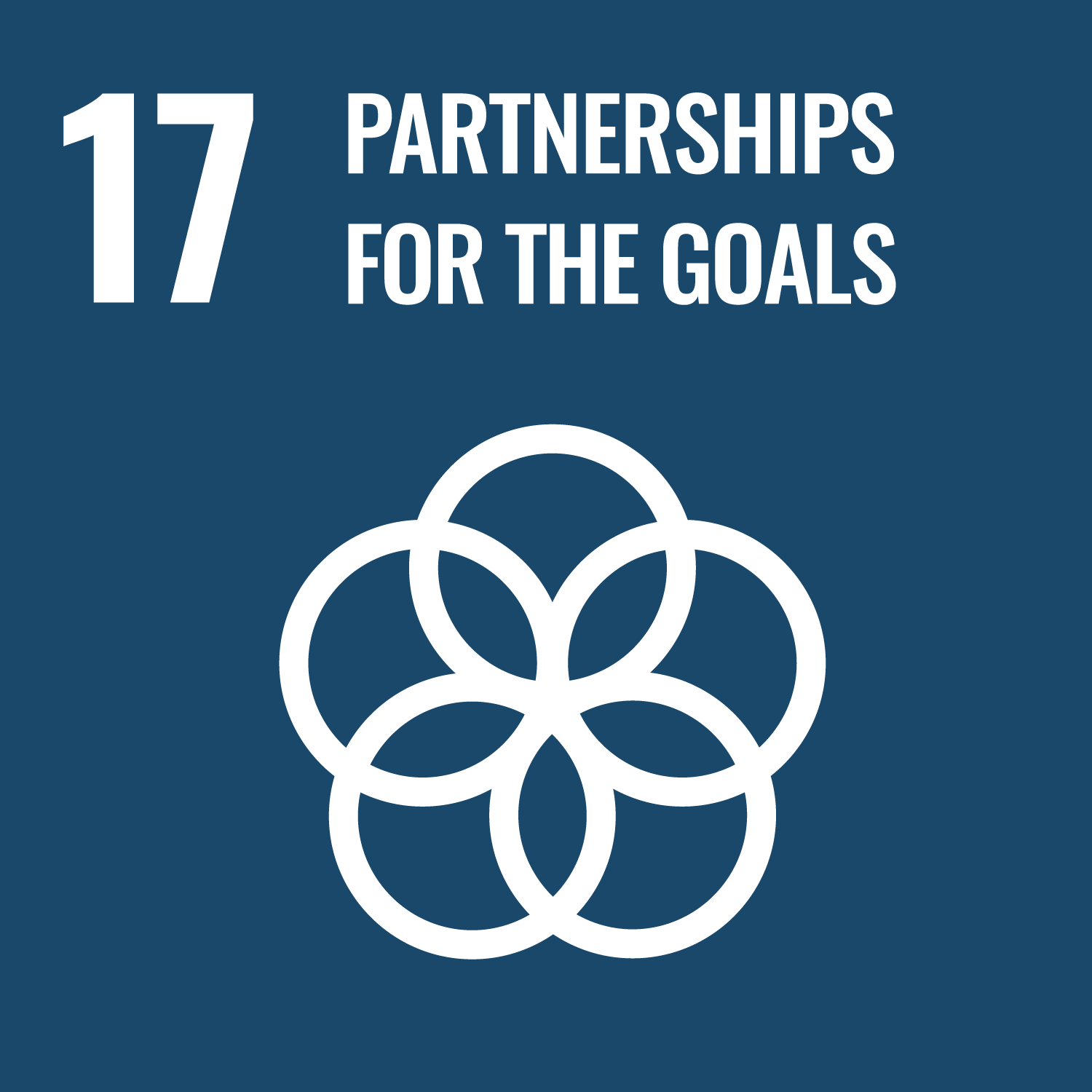
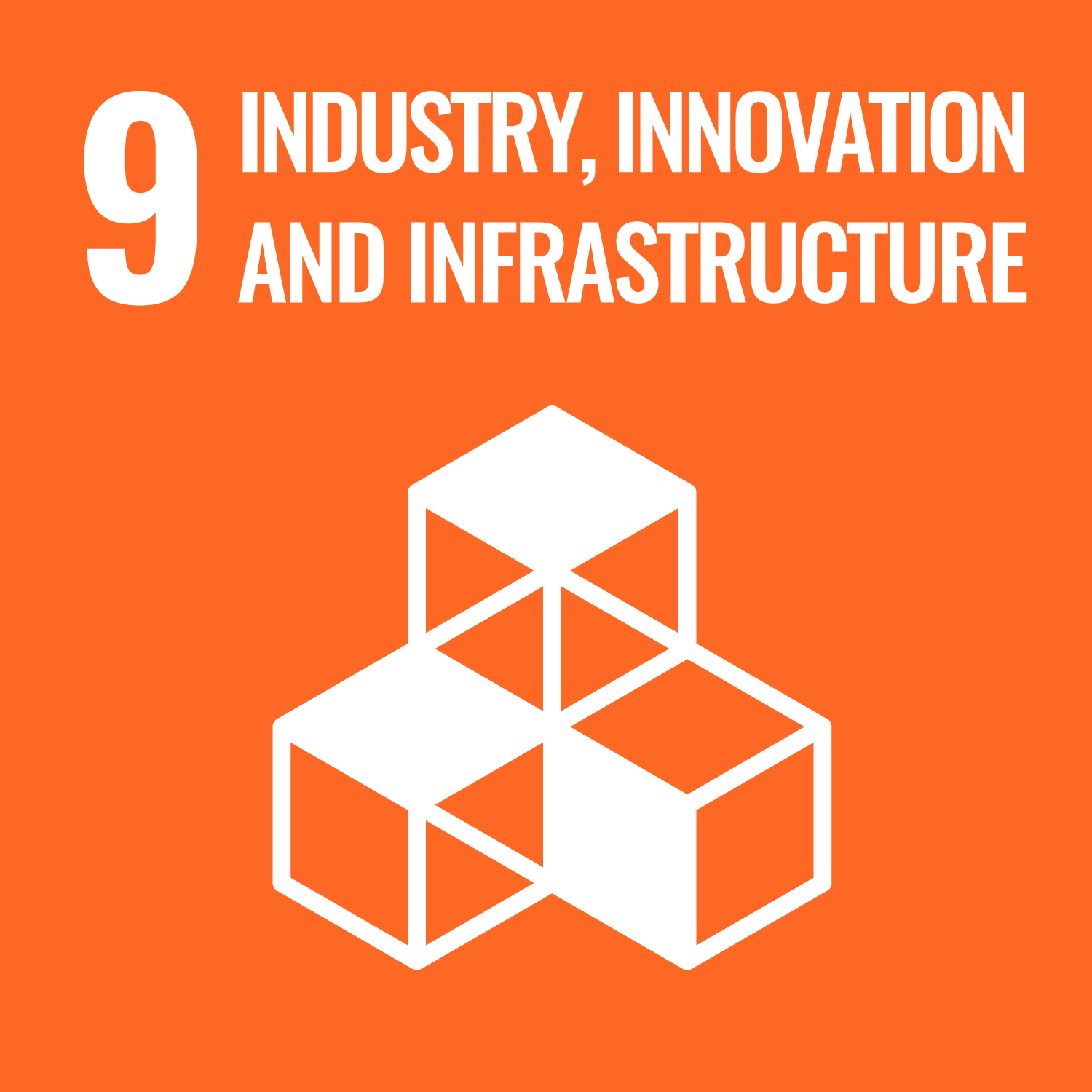
|
Reason for Selection and Future Vision |
Creating pharmaceuticals and other products leveraging our knowledge of glycoscience and contributing to medical care around the world is the foundation for our sustainable growth. Investing profits generated from new drugs into R&D, we strive to enhance our value to society and contribute to the health and well-being of people around the world through the continuous creation of pharmaceuticals. In addition, we place intellectual property as one of our important management resources and implement a global intellectual property strategy for the continuous creation of pharmaceuticals and other products. |
|---|
|
Objectives |
We continuously create useful pharmaceuticals and other products by utilizing our knowledge of glycoscience and unique drug-discovery technologies. |
|---|
|
Initiatives |
|
|---|
|
Results (Fiscal 2024) |
|
|---|
|
Monitoring Indicators |
|
|---|
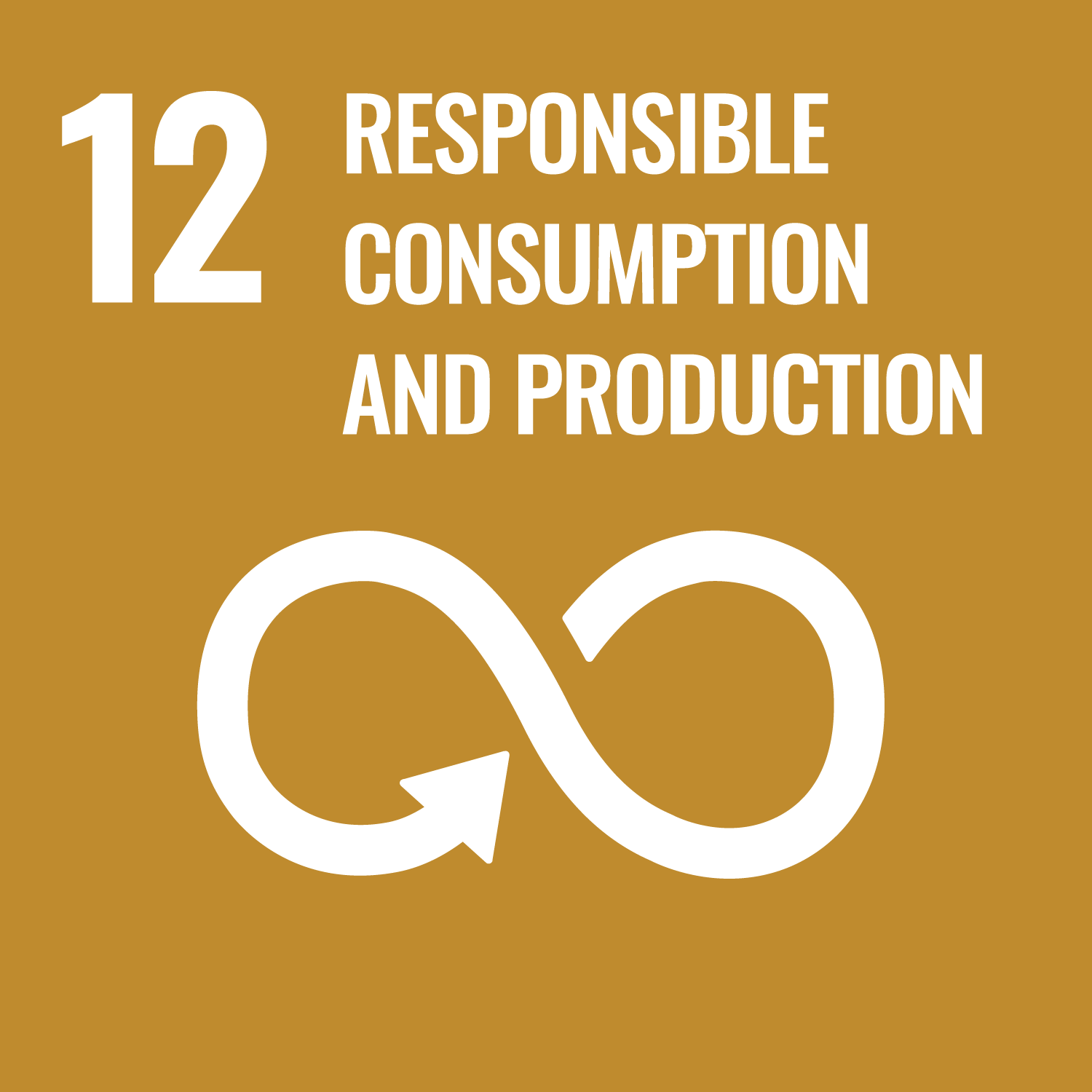
|
Reason for Selection and Future Vision |
Providing a stable supply of high-quality pharmaceuticals and other products is an important duty of a pharmaceutical company. We will strengthen our quality assurance and production systems to ensure uninterrupted access to reliable pharmaceuticals and other products for patients and medical institutions. We are also fully committed to managing risks associated with raw material procurement and taking preventive action against such risks. |
|---|
|
Objectives |
|
|---|
|
Initiatives |
|
|---|
|
Results (Fiscal 2024) |
|
|---|
|
Monitoring Indicators |
|
|---|

|
Reason for Selection and Future Vision |
Enabling greater numbers of patients over a wider area to appropriately use pharmaceuticals and other products that address unmet medical needs is the mission of a pharmaceutical company. It is a mission of a pharmaceutical company to promote responsible use of pharmaceuticals and other products that address unmet medical needs to a greater number of patients. We are forging ahead with global expansion of pharmaceuticals and other products meeting medical needs. As a pharmaceutical manufacturer, we also strive to enhance information provision to expand appropriate recognition of the safety and efficacy of our pharmaceuticals and medical devices and of the diseases that our products treat. |
|---|
|
Objectives |
|
|---|
|
Initiatives |
|
|---|
|
Results (Fiscal 2024) |
|
|---|
|
Monitoring Indicators |
|
|---|

|
Reason for Selection and Future Vision |
Compliance is the foundation of corporate activities. Furthermore, pharmaceutical companies are required to have a higher sense of ethics and must comply with pharmaceutical industry guidelines and standards. Seikagaku is managed to ensure that each individual employee not only complies with laws and regulations but also acts with high ethical standards. Additionally, business operations meeting society’s expectations are essential for sustainable corporate growth and enhancement in corporate value over the medium and long term. We are continuously working to develop a highly effective corporate governance system. |
|---|
|
Objectives |
|
|---|
|
Initiatives |
|
|---|
|
Results (Fiscal 2024) |
|
|---|
|
Monitoring Indicators |
|
|---|
|
Key Metrics and Targets |
►Annual evaluation and verification
|
|---|
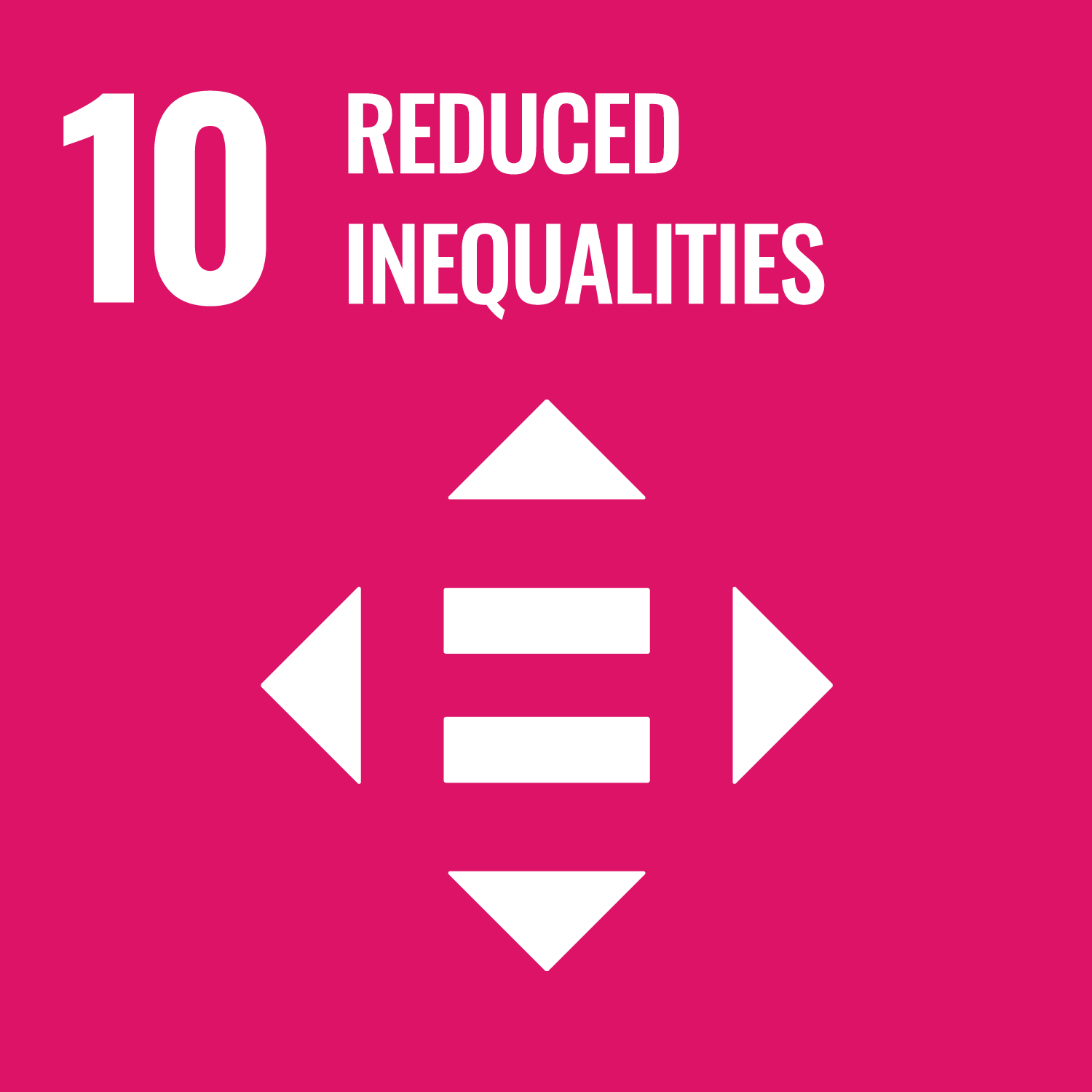
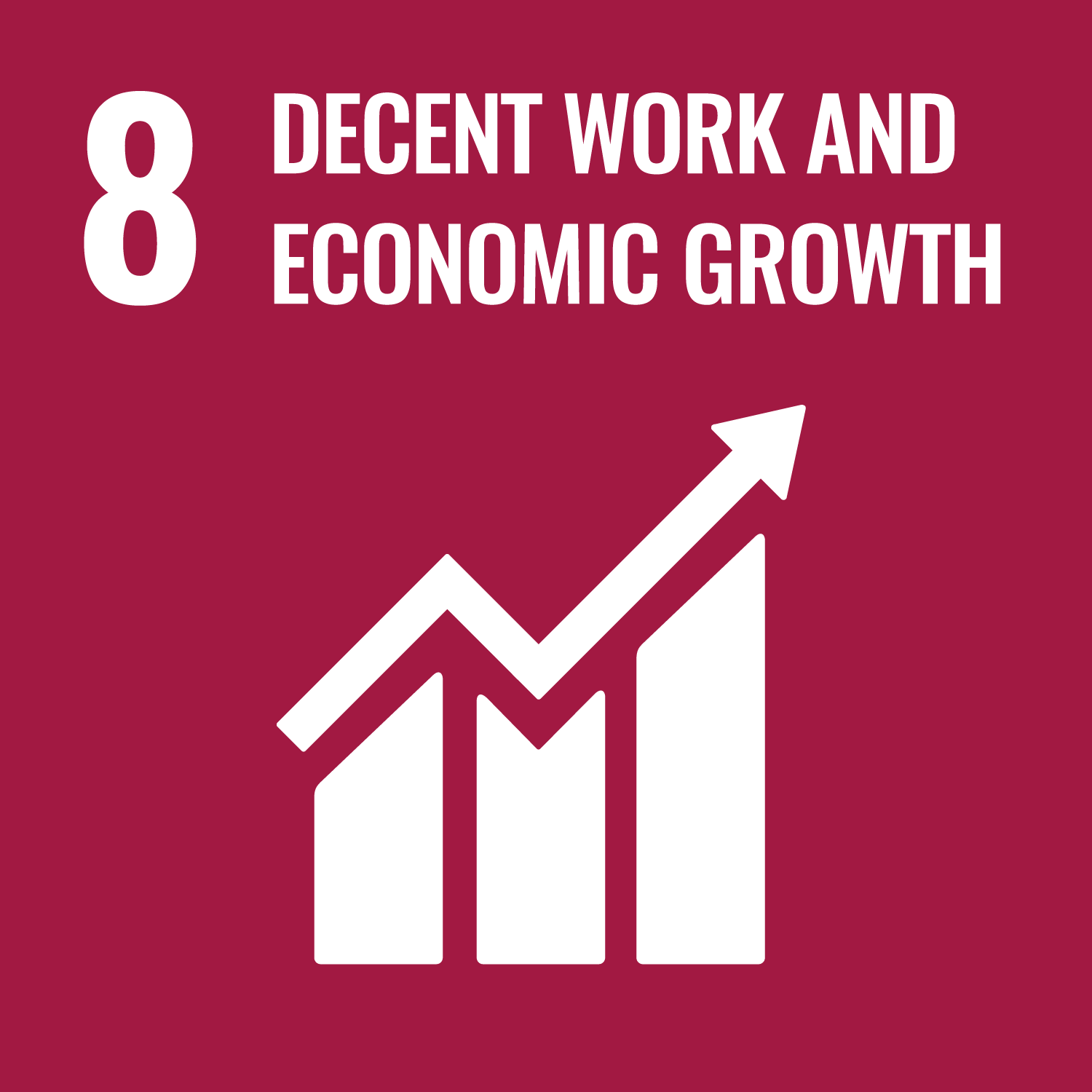
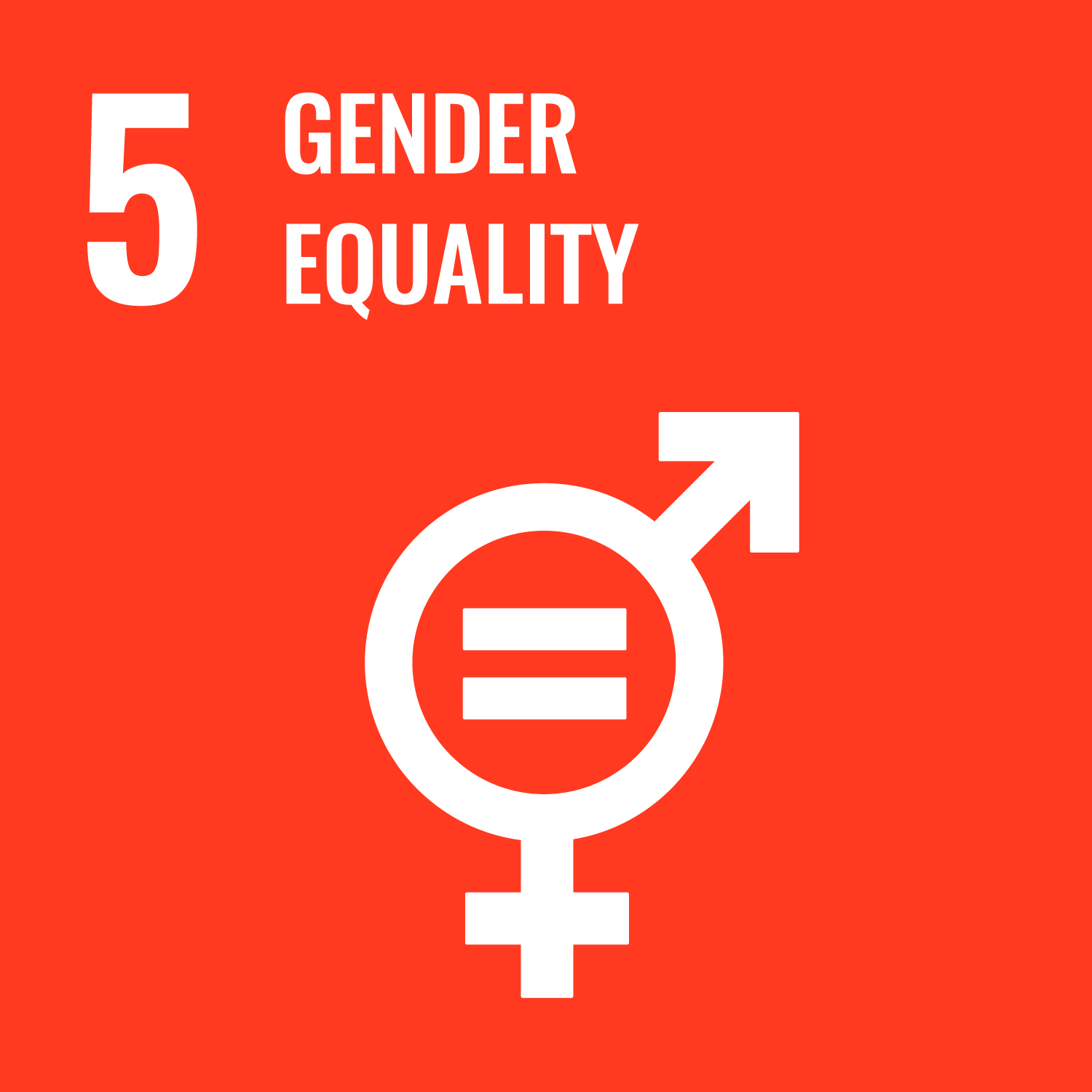
|
Reason for Selection and Future Vision |
The foundation for corporate growth is human resource management that secures and develops diverse human resources who prove valuable in business activities and that promotes their advancement. We consider human resources to be an important corporate asset and develop human resources capable of creating new value. We are also supporting all employees with the environment, systems, and frameworks where they can fully demonstrate their capabilities, in order that their advancement becomes the driving force for our sustainable growth. |
|---|
|
Objectives |
|
|---|
|
Initiatives |
|
|---|
|
Results (Fiscal 2024) |
|
|---|
|
Monitoring Indicators |
|
|---|
|
Key Metrics and Targets |
►Targeting 50%, annually
►Targeting at least 25% by end-March 2026
►Targeting 50%, annually
►Targeting 15 or more per year Results (Fiscal 2024)
|
|---|
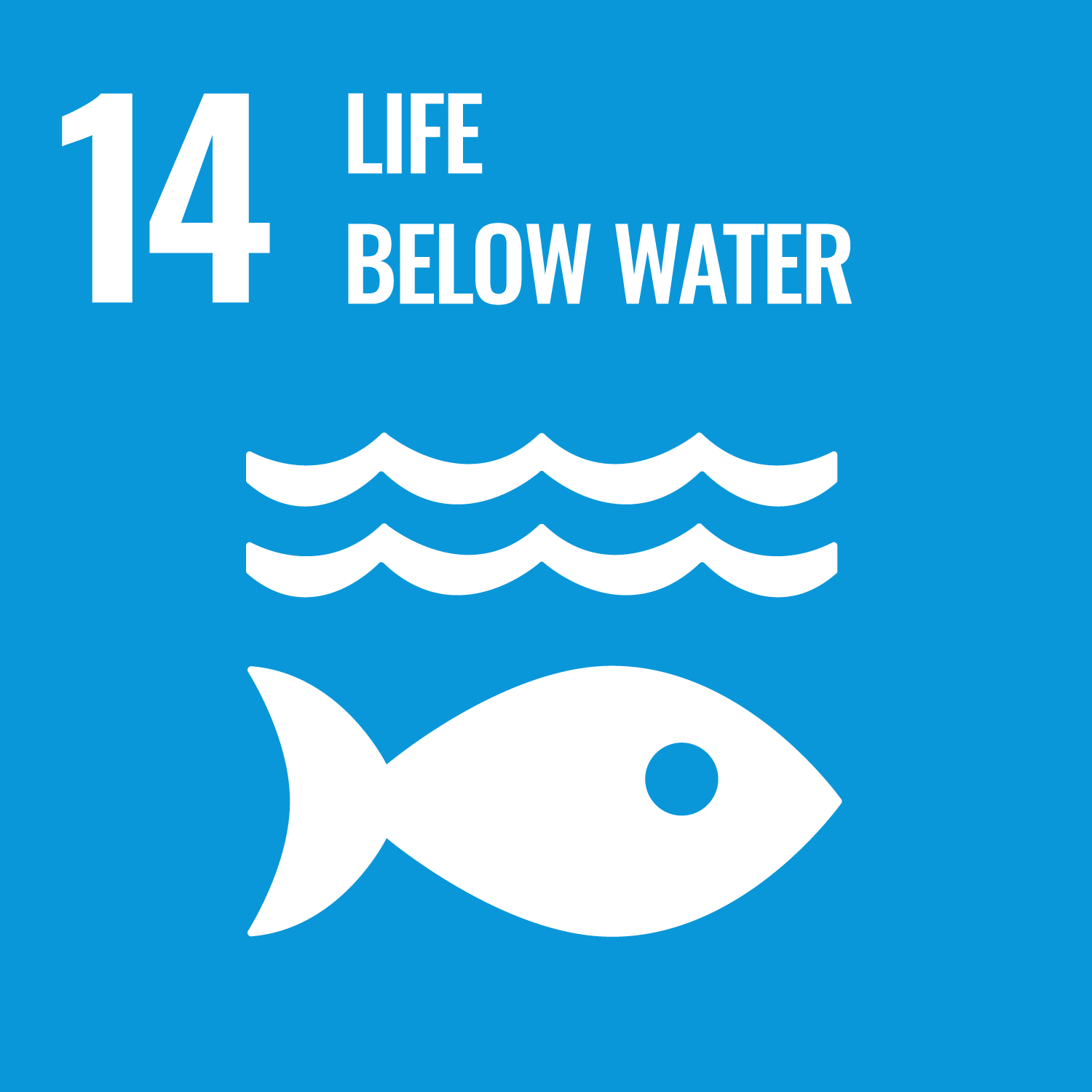
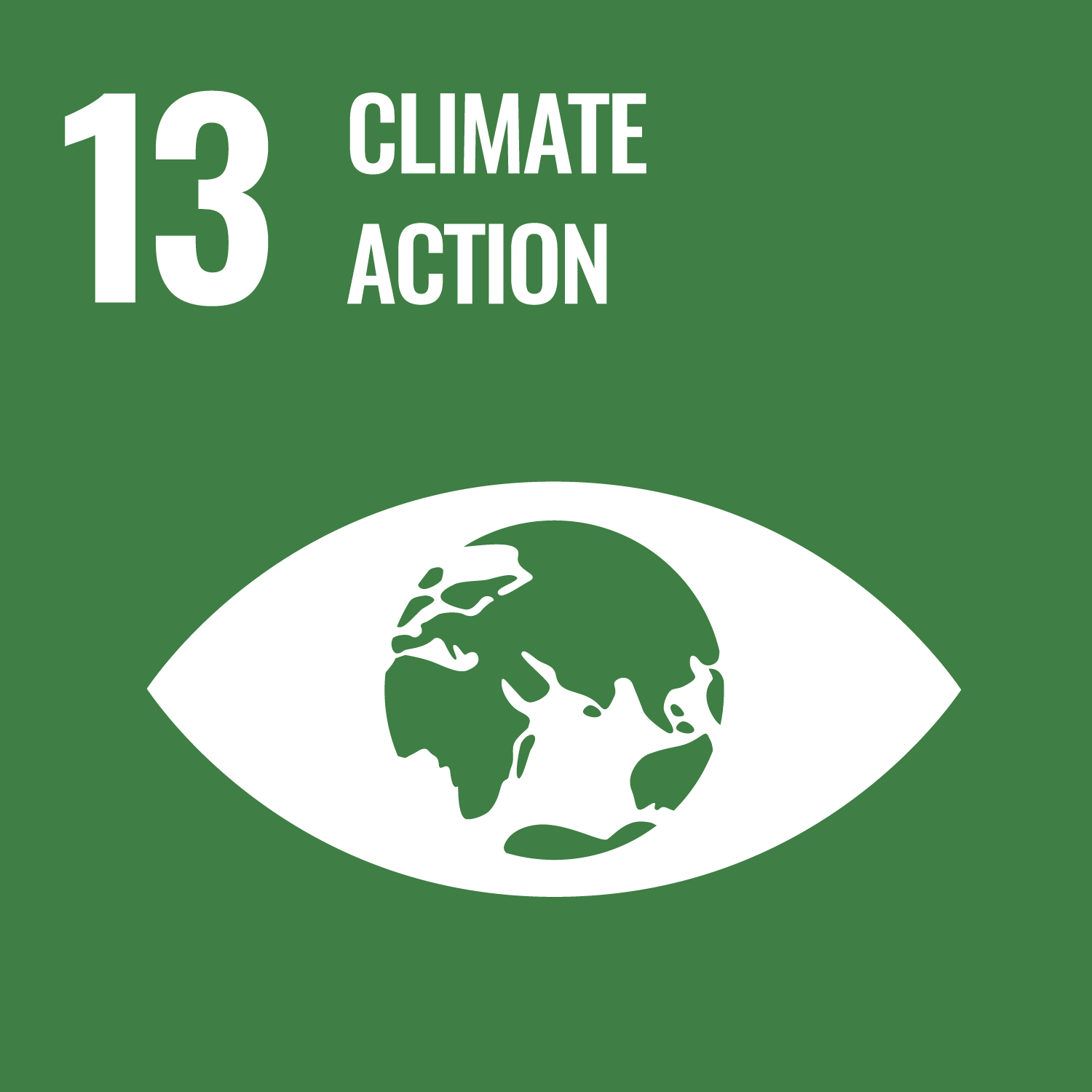
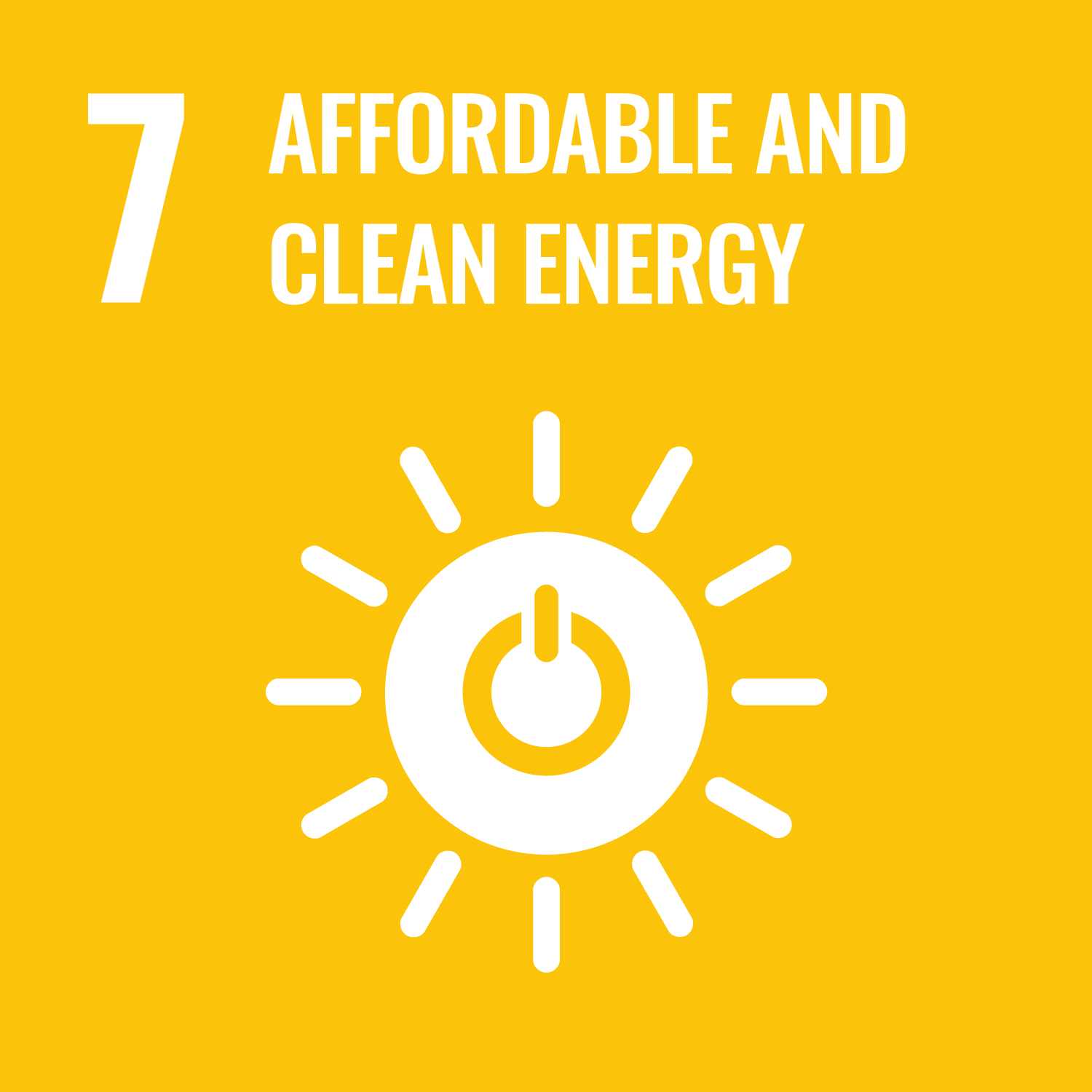
|
Reason for Selection and Future Vision |
The impacts of global warming and other environmental problems are apparent, and measures to protect the environment and preserve biodiversity have become a top priority for society. As a member of society, we aim to maintain a balance between environmental protection and business growth and engage in business activities with a low environmental footprint, on top of complying with environmental laws and regulations. |
|---|
|
Objectives |
|
|---|
|
Initiatives |
|
|---|
|
Results (Fiscal 2024) |
|
|---|
|
Monitoring Indicators |
|
|---|
|
Key Metrics and Targets |
|
|---|













